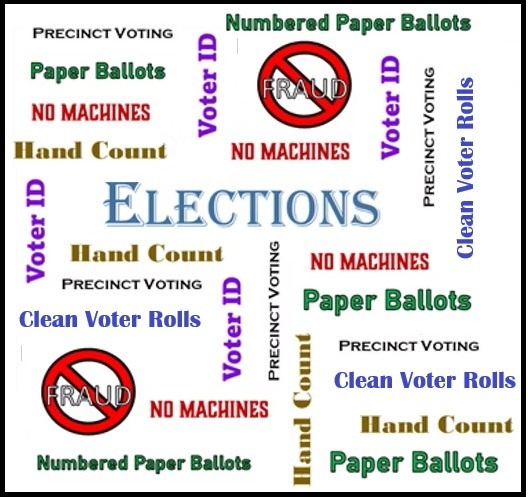
Digital Elections, Digital Identities, Digital Prisons
It's a BAD IDEA to centralize Idaho's election data into a single digital platform. And a WORSE IDEA to use this platform for data collection and digital ID. . . .And it's UTTER LUNACY if you have NO IDEA who wrote the software!!!!
10/4/20257 min read
What Could Possibly Go Wrong?
"Digital Identity is not just a tool — it's a gateway to better services, stronger security, and greater convenience for everyone."
Mandatory digital ID is being rolled out by countries all over the world, but in the United States they are still "optional", and in Idaho, a bill allowing for digital driver's licenses failed to pass the senate. So Idaho is safe from digital ID and technological tyranny, right?
No it's not. There are two parts to digital ID. The visible part of a digital ID is what you see as an app on your phone or as an ID card with a microchip. But the invisible part of a digital ID is a link to an encrypted version of your personal data and to the agencies that control it. The data that can be accessed by a digital ID must be collected by government authorities, processed, and secured with keys that allow only "authorized" entities to access your data. Once your personal data has been collected and put under the control of a Digital Trust Service, digital ID cards and apps can be rolled out at any time.
In Idaho, the legislature has already authorized the mass collection of personal data needed to process digital IDs, but the agency that is laying the groundwork for digital ID in Idaho is not the DMV or Idaho Transportation Department. It is the Elections division of Idaho's Secretary of State's office, and it is being done in the name of "Election Integrity".
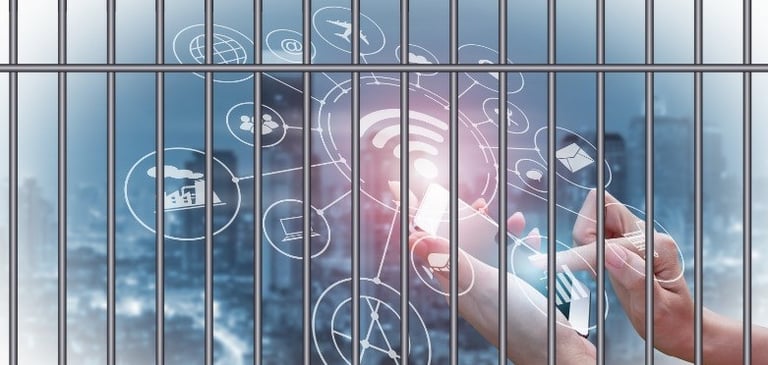

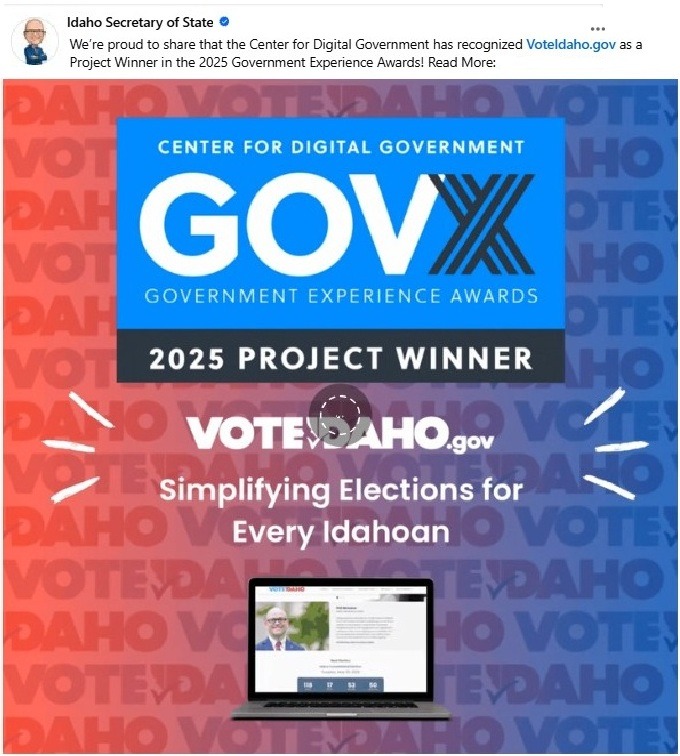

In Idaho, the Secretary of State is pro-technology, and all-aboard the Digital Govermment, Digital ID bandwagon. He has already centralized Idaho's election data into an "all-inclusive" platform, and he is now collecting the personal data of all the voters in Idaho.
Let's look at the Election Management tools being used to "verify" Idaho voters.
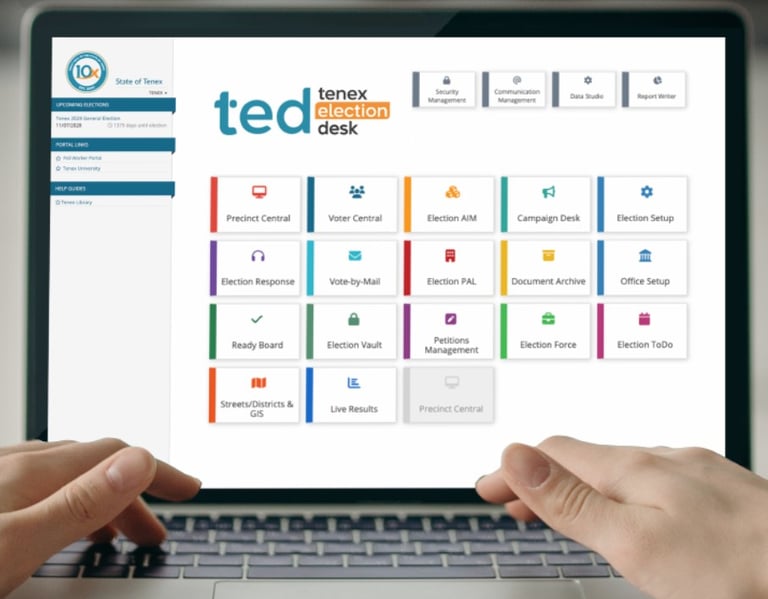

In August 2018, the Idaho Secretary of State selected Tenex Software Solutions to implement a new, statewide election management system. The goal was to consolidate Idaho's multiple election reporting formats into a single, standardized, state-wide platform, and most of the essential parts of the system were in place by the 2020 election.
The centralized Election Management platform now running in the Secretary of States office is called TED, for Tenex Election Desk. What follows is a list of the information it manages before, during, and after each election, with links to web pages describing each fully integrated, TED tool.
Electronic Poll Books: Operates all pollbooks statewide, so it knows exactly who voted and when.
Statewide Voter Lists: Maintains both active and inactive voter lists, collects data on Idaho voters, and handles Online Registration. This is the software program that collects personal data on all registered voters in Idaho.
Election Information Websites: Operates the Help Desk and Election Information websites for SOS and county officials.
Election Night Reporting: Sums the election totals from every tabulator in every county, and reports to the media and public.
Processes Absentee Ballots: Handles absentee ballot requests, mailing, signature checks, and status.
Asset Inventory Management: Tracks poll books, ballot boxes, etc., and assures “chain of custody”.
Election Worker Management : Tracks poll workers in every precinct; knows who is doing each job in every precinct.
Campaign Finance Reporting: Tracks all candidates and donors.
The TED program has access to all data having to do with elections from every county in Idaho. It is still evolving, and not every feature is implemented in every county. But this is the direction that elections are going in Idaho: 100% surveilled and 100% centralized and controlled.
Centralized election platforms pose a much greater threat to election security than distributed systems controlled by local officials. Having access to a single program that can provide statewide access to voter registration rolls, absentee ballot status, electronic pollbooks, tabulators, and election night reporting makes it possible for corrupt software to monitor elections, insert ballots, make certain the numbers add up, and erase all evidence.
That is why Idaho election data was intended to be processed on local servers, by local officials, under the authority of County Clerks, not by a centralized program run by the Secretary of State. The transfer of control of so many aspects of election management from county offices to a proprietary, state-controlled software program is a disaster for the security of Idaho elections.
Total Surveillance, Total Control
So it seems Idaho Elections are far too centralized. Can it get any worse?
Yes, it can. Because the same program that maintains voter registration lists in the Secretary of State’s office (Voter Central), is now being used to store enormous amounts of personal information about every Idaho voter. Since most of this data has nothing to do with elections, it appears that it is intended to be processed and used to implement Digital Identification.
House Bill 339 was passed in the final days of the 2025 session, and it provided for unlimited collection of personal data relating to all Idaho voters. To pacify legislators, it was presented as an "Election Integrity" bill, so it passed with large majorities. But if you read the actual text of HB 339, it not only gives the SOS open-ended authority to collect data from all entities within the jurisdiction of Idaho, it allows him to share the data with banks, credit agencies, commercial data providers and other public and private entities.
HB 339 is an incredibly invasive data collection bill that accesses the personal data of all Idaho voters and appears to be laying the groundwork for digital ID, while entirely failing to clean up the voter rolls.
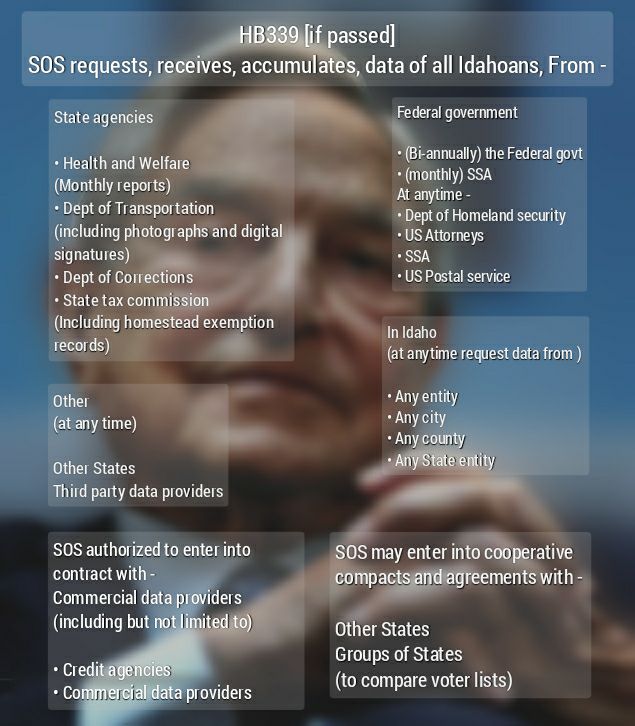

Mass Data Collection on All Idaho Voters
What can be done to rein in Digital ID in Idaho? In truth, HB 339 should be rescinded, root and branch, and the whole Tenex Election Managment system should be decommissioned. But in the meanwhile, the worst parts need to be shut down. The article Stop Digital ID—Amend HB 339 lays out a plan for deactivating the most harmful methods of data collection and sharing allowed by HB 339, for which there is no justification.
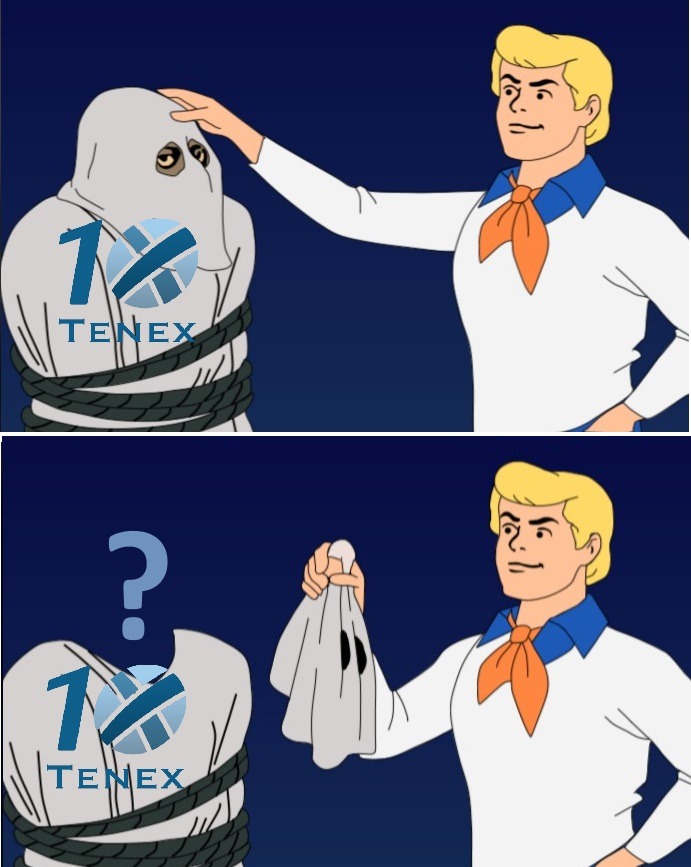

Who is Driving the Digital ID Bus?
So it appears that Tenex Software Solutions is the company whose software controls Idaho elections, stores all our personal information, and appears to be paving the way for digital ID. But when you look a little closer, you find even more disturbing things about the company.
For one thing, Tenex only has 70 employees nationwide. So the company that manages all of Idaho's election data, and supports elections in 20 other states, and appears to be one of the main drivers of digital ID, has just a handful of employees; not nearly enough to develop and test such complicated software.
In other words, Tenex could not possibly have developed the sofware that manages Idaho elections, and we have no idea who did. Tenex is a software sales and support company, and most of its "competitors" are as well. In other words, almost none of the vendors of "Election Management Software" have the resources to develop and test the software that they sell. Instead they are leasing it from some other, unidentified software developer.
The article Phantom Election Management Software exposes this problem in detail, but the bottom line is, we have no idea who developed the Tenex Election Management system, and we don’t even know if the software that controls Idaho elections was developed in the United States. There are rumors that it wasn’t.
So in conclusion, the data required to implement Digital ID on Idaho residents is being collected and processed by the Secretary of State using a Voter Registration database that is supported by Tenex, but was developed by and is controlled by unknown entities.
We already know there are problems with this software because, over four years ago, Dr. Douglas Frank proved that this very voter registration software was being manipulated by bad actors, who were adding fraudulent registrations according to a mathematical pattern that could only have been done by a computer algorithm.
Furthermore, we know that the SOS is contracting with private agencies to assist in verifying the data that is being collected, and we know that the AAMVA, a transnational NGO that is actively promoting nationwide Digital IDs, already provides verification services for the SOS office. So Idaho may be much farther along the road to Digital ID and technical tyranny than most people think.
In short, there is no justification for any of this. We know that the software being used to run elections in Idaho and to process the personal data of Idaho voters is corrupted. We also know that the SOS office is laying the groundwork for Digital ID in a stealth manner, without full disclosure either to the citizens or the legislature.
The Tenex "Voter Central" data management platform is clearly the software that is being used to collect and process personal data for digital IDs. It has data storage and application interfaces that allow it to archive any type of data—including biometric templates—and link to any database. There is no limit to the amount of information that "Voter Central" can store, and it can provide backend data processing services for digital driver's licenses, digital voter credentials, digital apps, digital implants, or whatever form of digital ID the state decides to impose.
Two Ways Forward
There are two ways forward. One is assimilation into the Brave New World of transnational digital licensing, biometric identification, universal electronic voting, 24/7 surveillance, electronic money, 5G, the Internet of Things, SMART cities, and virtual reality, as humans cede more and more of their humanity to their digital overlords.
The other is to reject the road to digital dystopia, and return to simple, easy-to-understand, human-run, decentralized systems of data processing and credentialization. For elections, that means in-person registration, in-person voting, hand-written poll books, in-person photocopying of all ballots, and at least partial hand counting. For government, that means decentralization, local decision making, and local control.
We can start by rescinding the mass data collection authorized by HB 339, but that is just the start on a long road to taking back control of our government and putting humans back in the drivers seat.
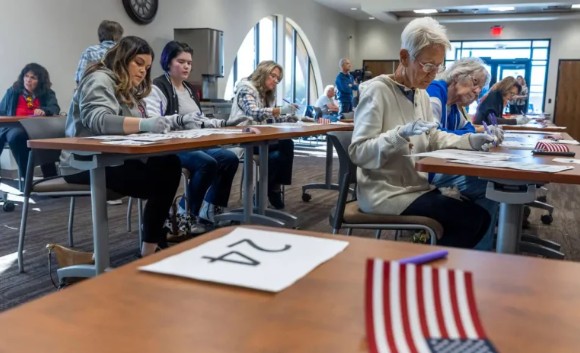



If you would like to help work for fair elections and against digital identities, please consider subscribing to the Eye on Elections newsletter below.
Empowering Voters
Advocating for transparent, honest, and decentralized voting systems.
Please subscribe to the Eye on Elections Newsletter.
Contact us:
© 2025. All rights reserved.
